In the heart of India’s rich tapestry of spiritual beliefs, the worship of Lord Shiva holds a special place. Shiva, the deity of destruction and transformation, is revered through numerous forms and manifestations. Among the holiest of these manifestations are the 12 Jyotirlingas, which represent the divine light of Shiva. In this blog post, we embark on a spiritual journey to discover these sacred Jyotirlingas scattered across India.
Somnath, Gujarat: The Eternal Shrine
Located on the serene shores of the Arabian Sea, Somnath is the first of the 12 Jyotirlingas. Further, it’s a testament to Lord Shiva’s timeless existence, as this temple has been rebuilt several times after invasions and destruction. The Somnath Temple boasts intricate architecture and design. In short, the imposing shikhara (spire) rises gracefully towards the heavens, while the temple complex is adorned with captivating carvings and sculptures that narrate tales from Hindu mythology.
Mallikarjuna, Andhra Pradesh: The Devotional Duo
Perched atop the Srisailam hill in Andhra Pradesh, the Mallikarjuna Jyotirlinga is accompanied by the goddess Bhramaramba. Hence, the union of Shiva and Parvati symbolizes the dual nature of existence. One of the most revered forms of Shiva, Ardhanarishvara, is a representation of the dual nature of existence. It symbolizes the inseparable and harmonious balance of the masculine and feminine energies in the universe. Moreover, the idol of Mallikarjuna and Bhramaramba together embodies this divine concept.
Mahakaleshwar, Madhya Pradesh: The Timeless Keeper
Mahakaleshwar in Ujjain is famous for its unique distinction as one of the 12 Jyotirlingas and its special status as the Lord of Time. Further, Mahakaleshwar Temple has a rich history dating back to ancient times. It has been a center of spirituality and a site of pilgrimage for centuries. Also, its existence is a testament to the enduring faith and devotion of countless worshippers.
Omkareshwar, Madhya Pradesh: The Om Resonance
Omkareshwar, an island in the Narmada River, gets its name from the sacred “Om” symbol. Furthermore, this Jyotirlinga represents the sound from which the universe was created. Omkareshwar comes alive during festivals like Mahashivaratri and Karthik Purnima. Devotees throng to the temple during these times to celebrate and seek the blessings of Lord Shiva.
Kedarnath, Uttarakhand: The Mountain Abode
Kedarnath, nestled in the majestic Himalayas, is one of the most revered pilgrimage sites for Hindus. It’s a place where Lord Shiva absolved the Pandavas of their sins. Kedarnath is a part of the Kedar Massif, a stunning group of mountains that includes Kedarnath, Bharachukambam, and many others. The majestic backdrop of these peaks adds to the spiritual significance of the temple.
Bhimashankar, Maharashtra: The Wild Wonder
In the Sahyadri hills of Maharashtra, Bhimashankar is not only a sacred Jyotirlinga but also a wildlife sanctuary, known for its diverse flora and fauna. Bhimashankar’s proximity to the wildlife sanctuary is a testament to the coexistence of spirituality and conservation. It’s a place where devotees and nature enthusiasts can find common ground in their love for the wild.
Kashi Vishwanath, Uttar Pradesh: The City of Light
Kashi Vishwanath in Varanasi is famous for the holiest of all Shiva temples. A visit here is believed to grant salvation (moksha) to the devotee. Kashi Vishwanath Temple serves as a symbol of unity and devotion. People from all walks of life, regardless of their religious or cultural background, come here to experience a sense of oneness and divine connection.
Trimbakeshwar, Maharashtra: The Source of Godavari
This Jyotirlinga is unique as it is the source of the Godavari River. Trimbakeshwar is an abode of Lord Shiva, Rama, and Krishna, making it a place of great religious significance. In short, the temple’s spiritual ambiance and the picturesque surroundings, including the Brahmagiri Hill, create an atmosphere of serenity and devotion. It is a place where pilgrims come to connect with the divine and experience a sense of peace and purity.
Vaidyanath, Jharkhand: The Healer’s Haven
Vaidyanath in Deoghar, Jharkhand, is believed to possess the power to cure ailments. It is often referred to as Vaijnath, meaning “the Lord of physicians.” Vaidyanath Temple, nestled amidst the serene landscapes of Jharkhand, offers an atmosphere of serenity and devotion. Additionally, it is a place where the faithful gather to connect with the divine and seek solace for their physical and spiritual afflictions.
Nageshwar, Gujarat: The Sea Dweller
Nageshwar is situated on the Dwarka coast and is unique as it is submerged in the Arabian Sea. The temple houses a massive Shiva statue and is a place of great reverence for Lord Shiva’s devotees. Nageshwar, the Sea Dweller, is a place where spirituality mingles with the natural beauty of the Arabian Sea. It’s a destination that offers a sense of calm and reverence, allowing visitors to connect with both the divine and the serenity of the sea.
Rameshwar, Tamil Nadu: The Southern Sanctum
Rameshwar, on the island of Rameswaram, is where Lord Rama prayed to Lord Shiva before embarking on his journey to Lanka. The temple’s corridor is one of the longest in India. Rameshwaram is associated with the Ram Setu, a mythical bridge believed to have been built by Lord Rama to reach Lanka. This bridge, submerged under the sea, is a testament to the rich mythology of the region.
Grishneshwar, Maharashtra: The Dweller of Ellora
Grishneshwar, located near the Ellora Caves, is the last of the 12 Jyotirlingas. It’s a place of profound spiritual significance and architectural beauty. The Grishneshwar Temple is close proximity to the Ellora Caves. Also, the temple showcases stunning architectural design and intricate carvings, reflecting the cultural heritage of the region. The grandeur of the temple adds to its spiritual significance. The synergy between the temple and the caves is a testament to the rich history of the region.





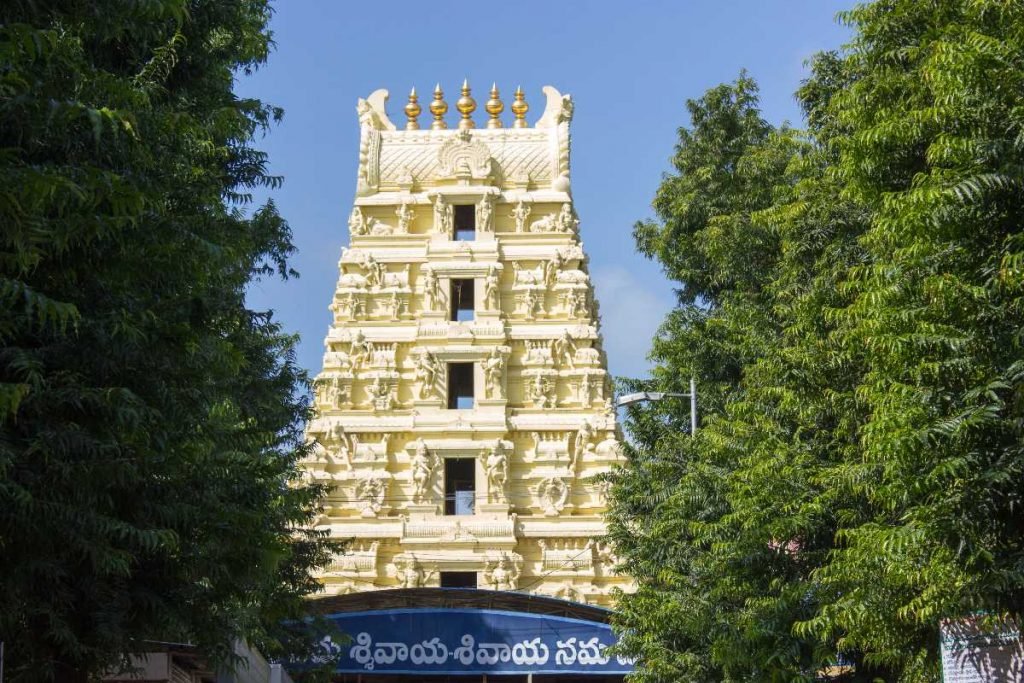
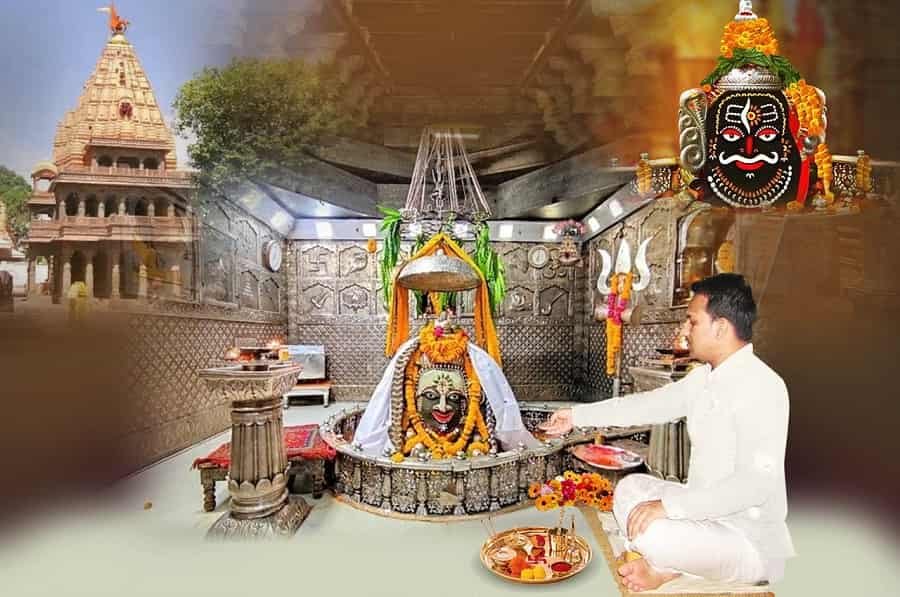
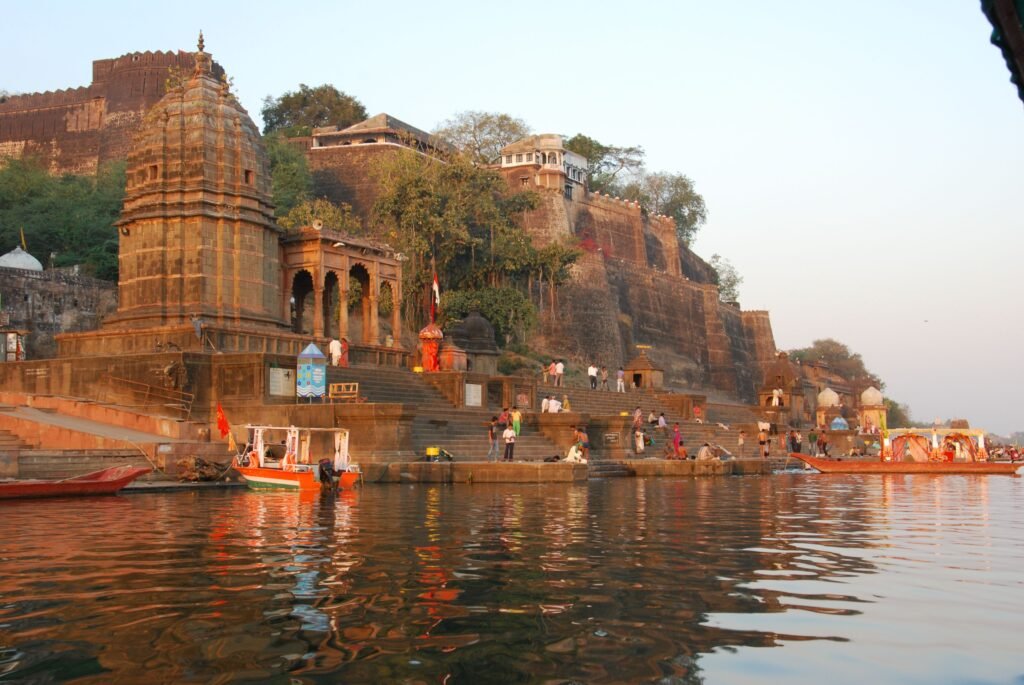

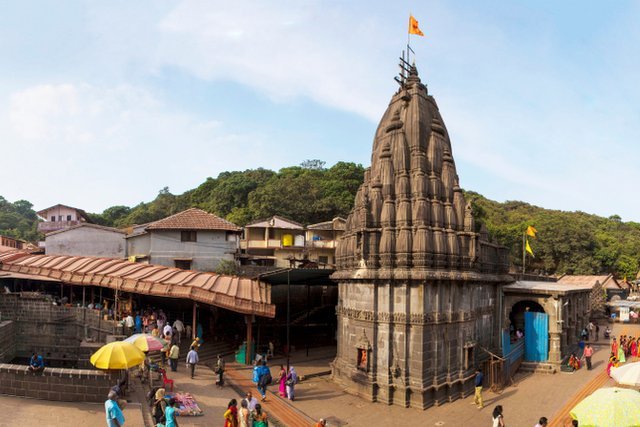
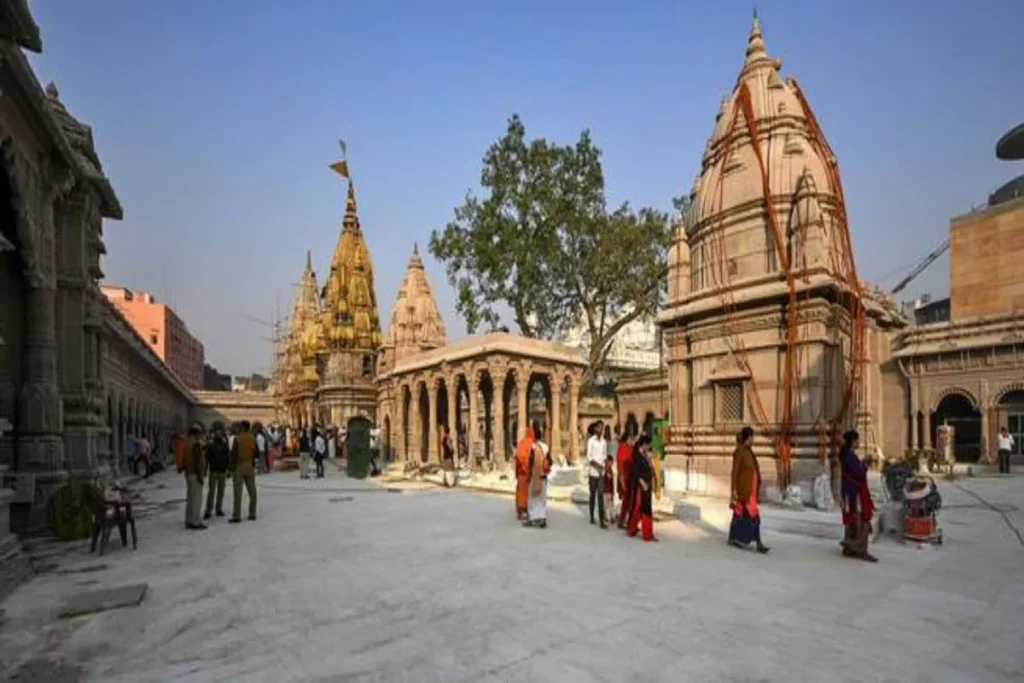

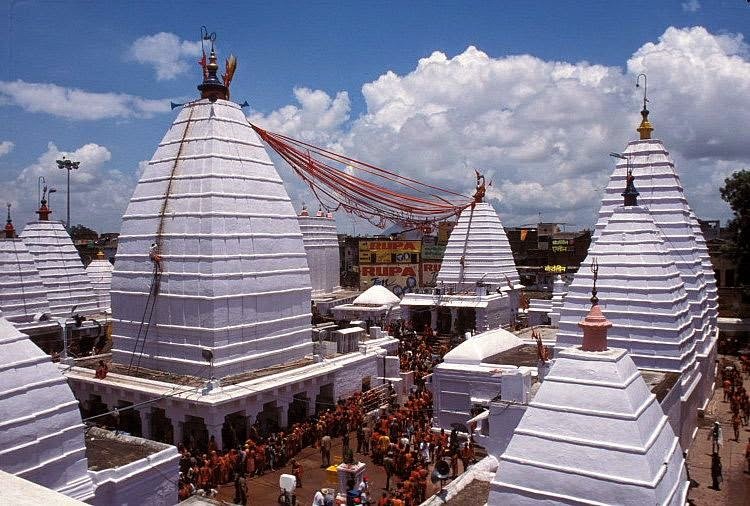

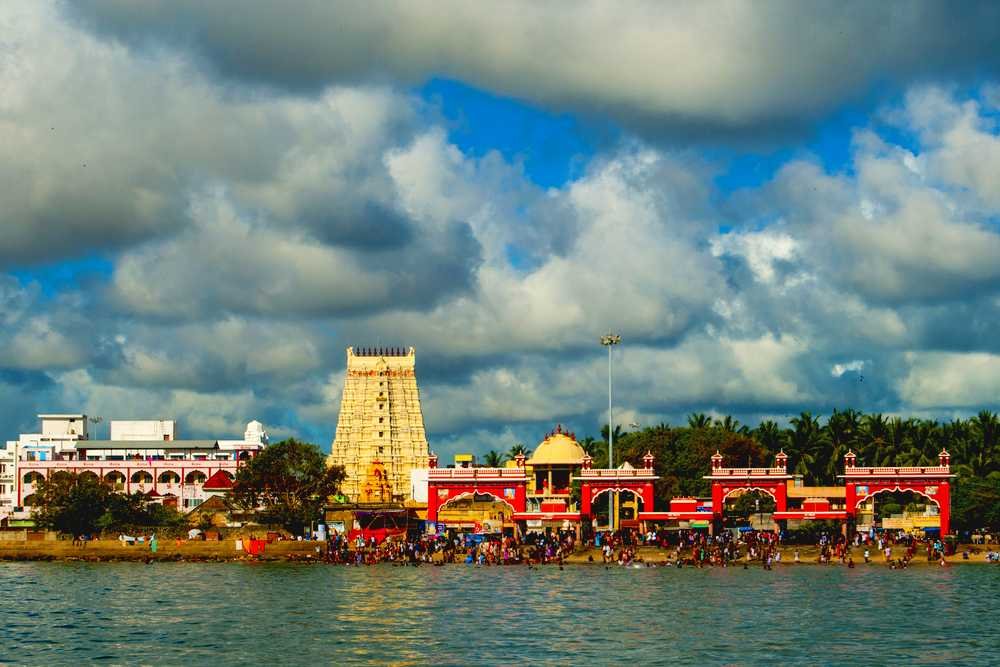


Recent Comments